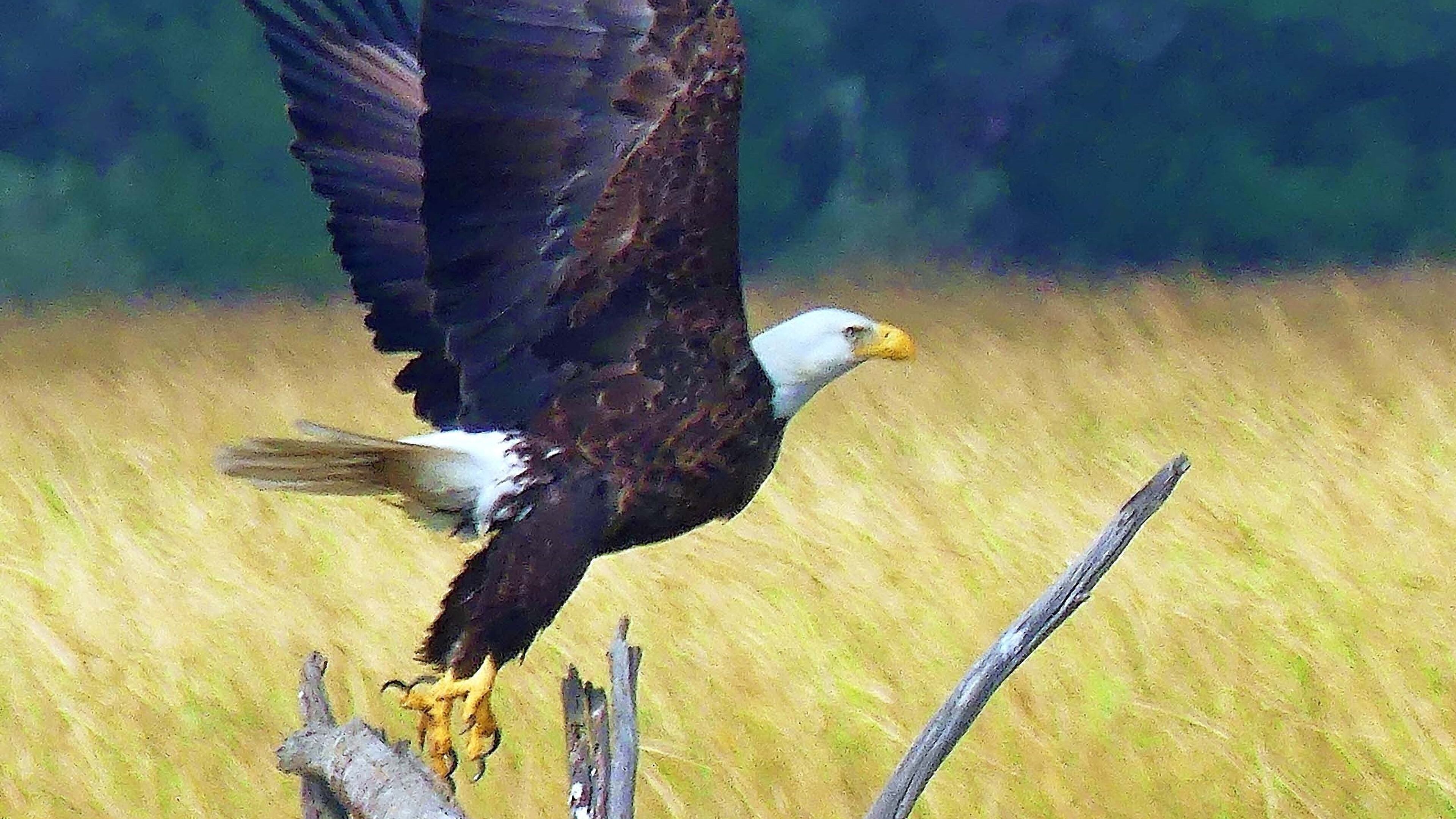Wild Georgia: Endangered Species Act’s success stories include some here

As the nation celebrated the 50th anniversary last week of the federal Endangered Species Act (ESA), it was also a time to reflect on the 1973 act’s amazing success in rescuing several species from the brink of extinction.
Several of those creatures, which once were on the ESA’s endangered or threatened species list, are native to Georgia, including:
• American alligator. By the 1950s, the fierce reptile had nearly disappeared from most of the South’s swamps and wetlands, including those in South Georgia, and was facing oblivion because of overhunting and habitat loss. Under the ESA, alligators were protected from hunting, and their habitats were saved from destruction. Today, millions of gators inhabit the South, including more than 12,000 in Georgia’s Okefenokee Swamp. The species was delisted in 1987.
• Bald eagle. It once faced extinction largely because of exposure to DDT and other pesticides. By the 1960s, the once-abundant eagle had all but vanished from Georgia. Thanks to a ban on DDT, strict protection under the ESA and intensive restoration efforts by state wildlife officials, the bald eagle rebounded dramatically. The majestic bird was removed from the ESA list in 2007. (However, it still faces occasional threats from disease epidemics such as avian influenza.)
• Brown pelican. It’s now common along Georgia’s coast, but 50 years ago, the bird had been so decimated by DDT and overhunting for its feathers that it was listed as endangered. After decades of ESA protection, the species was taken off the list in 2009.
• Peregrine falcon. The speedy raptor, which overwinters on Georgia’s coast and sometimes nests in the state, had all but disappeared east of the Mississippi by the 1970s. Its stunning comeback led to its removal from the ESA list in 1999.
Although the ESA still lists them as endangered or threatened, several other native Georgia species are making promising progress, including the wood stork, red-cockaded woodpecker, Eastern indigo snake and loggerhead sea turtle.
IN THE SKY: From David Dundee, Tellus Science Museum astronomer: The moon will be new Thursday evening. Mercury is low in the east just before dawn. Venus rises in the east a few hours before sunrise. Mars is very low in the east just before dawn. Jupiter is high in the south at sunset. Saturn is in the west just after dark.
Charles Seabrook can be reached at charles.seabrook@yahoo.com.

